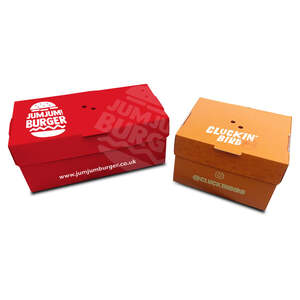The Importance of Pallet Wraps in Modern Logistics
In the rapidly evolving world of logistics and supply chain management, the need for effective protection and handling of goods is paramount. One of the most essential tools in this arena is the pallet wrap, also known as stretch film. This versatile product not only contributes to the safety and integrity of shipments but also enhances operational efficiency. In this article, we will delve into the various functions of pallet wraps, their benefits, types, and best practices for usage.
What is Pallet Wrap?
Pallet wrap is a highly stretchable plastic film that is wrapped around items on a pallet to secure them for storage and transport. Unlike shrink wrap, which tightens when heat is applied, pallet wrap maintains its elasticity and adheres to itself, providing a secure packaging solution without the need for adhesive. This makes it particularly useful for covering and securing loads that might otherwise shift during transit.
Functions and Benefits
1. Load Stability One of the primary functions of pallet wrap is to stabilize loads on pallets. By tightly securing various products, pallet wrap prevents them from shifting or falling during transportation. This stability is critical for maintaining the safety of the products as well as the workers involved in loading and unloading.
2. Protection from Dirt and Dust Pallet wrap provides a protective barrier against dirt, dust, moisture, and other environmental factors that can potentially damage goods. By wrapping products securely, logistics providers can ensure that items remain in pristine condition until they reach their final destination.
3. Theft Deterrent Products wrapped in clear or colored pallet wrap can be less susceptible to theft. The visibility of the merchandise allows for easier monitoring, and the difficulty of trying to remove the wrap without damaging the product acts as a deterrent for potential thieves.
4. Cost-Effectiveness Utilizing pallet wraps can lead to significant savings in packaging costs. Since the film is lightweight and takes up minimal space, it does not add considerable weight to shipments, thereby reducing shipping costs. Additionally, the reduced risk of product damage translates into fewer financial losses.
5. Environmental Considerations Many manufacturers are now producing biodegradable and recyclable pallet wraps, aligning with the growing emphasis on sustainability in logistics. Companies can choose environmentally friendly options to minimize their ecological footprint while still benefiting from the protective qualities of pallet wrap.
Types of Pallet Wraps
Pallet wraps come in various grades, thicknesses, and widths. Here are some common types
pallet wraps

1. Black Pallet Wrap Often used for shipping items that require extra security and confidentiality. The opaque nature of the black film prevents visibility, making it ideal for sensitive items.
2. Colored Pallet Wrap This type is used not only for protection but also for branding purposes. Different colors can denote different products or handle different storage categories, streamlining warehouse operations.
3. Machine Stretch Film Specifically designed for use with automated wrapping machines, this type of film is used in high-volume environments. It allows for faster wrapping times and uniform tension across the load.
4. Hand Stretch Film Ideal for smaller operations or manual applications, hand stretch film offers versatility and ease of use for workers wrapping items by hand.
Best Practices for Using Pallet Wrap
To maximize the effectiveness of pallet wraps, several best practices should be followed
- Proper Wrapping Technique Apply the wrap in a circular motion, ensuring that each layer overlaps by at least 50% to provide superior stability.
- Use the Right Thickness The thickness of the wrap should depend on the weight and nature of the cargo. Heavier items may require thicker materials for adequate support.
- Train Employees Ensure all warehouse and logistics staff are trained on the proper techniques for applying pallet wrap to prevent injuries and product damage.
- Regularly Assess Inventory Routinely check the condition of wrapped pallets to identify any potential damage caused during storage or transit, and adjust practices as necessary.
In conclusion, pallet wraps are an indispensable component of modern logistics. They enhance load stability, provide protection, deter theft, and improve cost efficiency. By understanding the various types and best practices associated with pallet wraps, businesses can optimize their packaging strategies to ensure the safe and efficient transport of goods. In an industry where every detail counts, pallet wraps represent a simple yet powerful solution for managing logistics challenges effectively.



